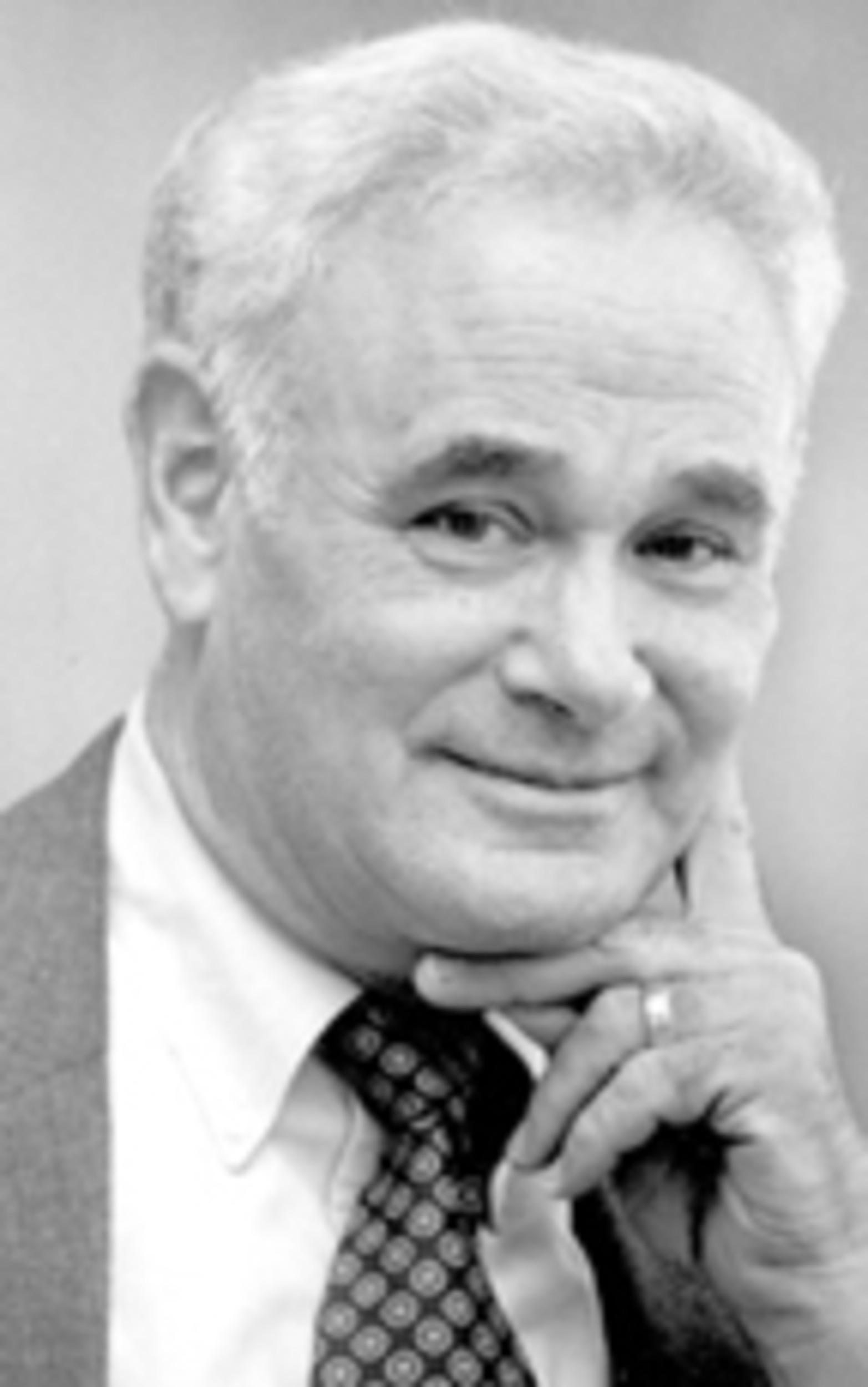In the company of undying texts
If all goes well, next May I will be attending the 50th reunion of the Columbia College class of ’66: half a century since my graduation! In preparation for this once-in-a-lifetime event, I have recently reread the six diaries I kept during my undergraduate years – a process of self-examination which has continued on and off to this very day.
My first journal (Jan. 13-Sept. 16, 1963) covers about eight months: the second half of my freshman year and the summer that followed. As one might expect from an 18-year-old, my writing at that time gushed with adolescent narcissism, an obsessive preoccupation with the emotions and perceived needs of that unholy trinity of me, myself and I. Nor is it at all unusual that many pages were devoted to the chaos and confusion of my immature love life; I had developed an uncanny ability repeatedly to label an increasingly unhealthy relationship “healthy” – as if calling the relationship healthy made it so.
Given my career choice, it should come as no surprise that a large number of my entries in that first diary concerned my relationship with God. However, my religious struggles in those days were colored – “contaminated” is probably a better word – by that same narcissism that defined most other aspects of my life: what could God do for me? Not, what could I do for God?
What has surprised me in rereading my first diary is the almost total absence of any reference to the books I was reading, the courses in which I was enrolled – no mention of the intense classroom debates or the seemingly interminable dinner discussions of philosophy, history, art, religion and politics – each of us students eager to prove his intellectual superiority.
By the middle of junior year, my diaries reflected a sea change; my writing was stuffed with references to “the great books,” to movies and plays. The very first entry in my fourth journal on Feb. 20, 1965, contains this instruction: “The following books are required reading: The Bible, just about all of it; ‘The Brothers Karamazov’; ‘Moby Dick’; ALL of Shakespeare.” For 50 years these texts have been my companions: the Biblical Job (whom the rabbis say never existed), Dimitri Karamazov, Captain Ahab, Hamlet, King Lear – though fictional – continue to live with me and within me. Though Shakespeare has been dead for 400 years and the author of Job has been dead for two-and-a-half millennia, the characters they created are as alive to me as a close friend sharing a leisurely lunch. Over the decades my head and my heart have become ever more crowded with the words of innumerable authors, many of whom are still producing thoughtful and inspiring works.
I have gradually come to understand that my ongoing companionship with living texts has helped shape not only my identity as an individual but also my identity as a Jew. In their brilliant book, “Jews and Words” (Yale University Press, 2012), the father and daughter team of Amos Oz and Fania Oz-Salzberger argue that Jewish continuity is dependent on our ongoing engagement with our foundational texts. On the very first page, the well-regarded Israeli author and his daughter, a professor of history at the University of Haifa, declare: “Ours is not a bloodline but a textline.”
Toward the end of their opening chapter, “Continuity,” they succinctly state: “What kept the Jews going were the books.” Note: not the rituals, not the religious beliefs, not the bloodline, but the books. That is to say, for us Jews, our textline has been our lifeline. To add a personal word, what has kept me going as an individual and has established my sense of being a part of the vast sweep of Jewish history has been my dialogue with the texts I continue to read and reread, especially the ancient words of our Tanakh, our Hebrew Bible.
Midway through their book, father and daughter discuss the privileged place of the Hebrew language’s role in both creating and preserving Jewish identity: “When we speak Hebrew, we literally stand in the flow of time with our backs to the future and our faces toward the past. Our very posture is different from the Western view of time.”
The two authors go on to quote the essayist Shulamith Hareven’s interpretation of the great Israeli Talmudist, Rabbi Adin Steinsaltz: “Steinsaltz once defined Jewish time as if the speaker stands on the bank of a river, looking upstream, against the current.”
Our authors add: “The Hebrew word kedem means ‘ancient times,’ but the derivative kadima means ‘frontward’ or ‘forward.’ The Hebrew speaker literally looks frontward to the past.”
I applaud the Ozes drawing attention to the unique role that the Hebrew language plays in our Jewish sense of time. In a similar vein, I pointed out not long ago in one of my columns how the Hebrew-speaking Psalmists of long ago also played with the notion of time – as in Psalm 126, writing in a “tense” that is simultaneously past and future. The very nature of the Hebrew language, then, encodes certain Jewish insights that elude even the most gifted translators. Given the fact that father and daughter are both native Hebrew speakers, I find it somewhat ironic that they have chosen English as the language in which to first publish their extended essay on the connection between Jews and their words. As it turns out, a Hebrew translation, Yehudim u’Milim, was published in Israel in 2014.
At birth, each of us is given a one-way ticket, stamped non-refundable, destination unknown. Without some sense of direction, our journeys can be most frightening. If, however, we choose to travel in the company of undying texts, we will find ourselves both comforted and enriched by the wisdom of generations.
JAMES B. ROSENBERG is rabbi emeritus at Temple Habonim in Barrington. Contact him at rabbiemeritus@templehabonim.org.








